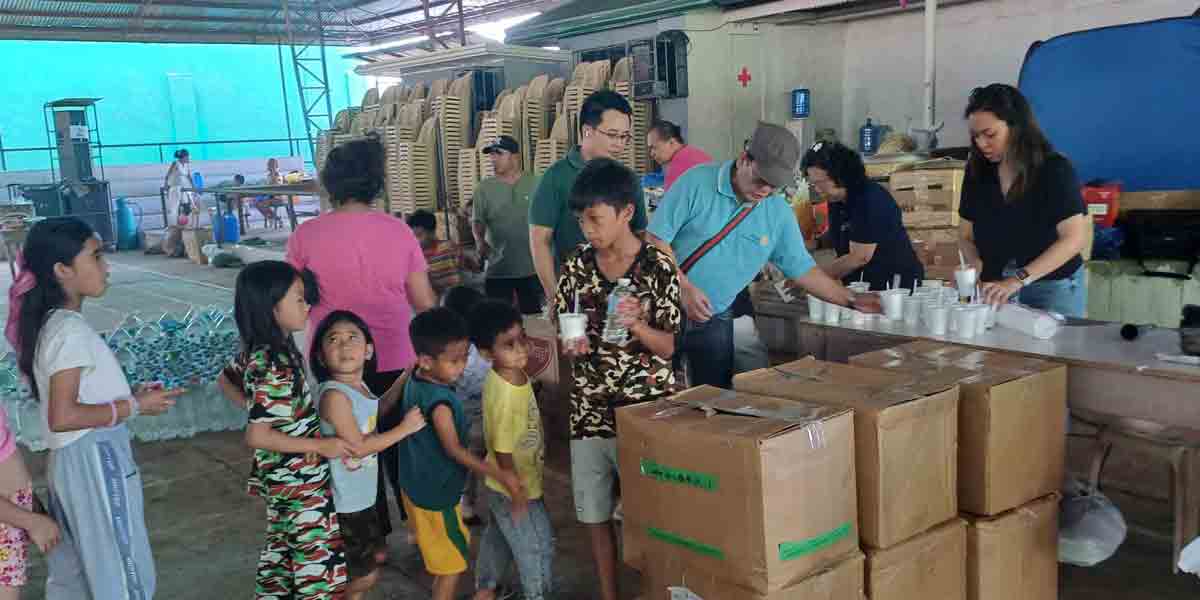
A recent study by the state think tank, Philippine Institute for Development Studies (PIDS), finds that maintaining current economic trends will not be enough to ensure food affordability and adequate nutrient intake for all Filipinos by 2030.
However, it lays out two promising paths to a more nourishing future – one is paved with productivity-driven progress and the other is built on strategic rethinking of food subsidies.
Authored by PIDS Senior Research Fellow Roehlano Briones, and research consultants Howarth Bouis, Imelda Angeles-Agdeppa, Isabel Espineli, and Ma. Lynell Maniego, the study titled, “Will Food Be Affordable to Filipinos by 2030? Alternative Expenditure Policies toward Ending Hunger by 2030”, employs scenario analysis considering the interconnectedness of different sectors within the Philippine economy, including production, consumption, and trade.
The most promising outlook emerges on investing in broad-based productivity across the entire food system. This approach fosters economic growth, leading to lower food prices, improved household income, and significantly enhanced nutrient intake for a sizable portion of the population.
“Investing in general services like research and development and infrastructure is an effective strategy for achieving affordable diets,” the authors said. “Long-term government investment in these areas, especially in agriculture, is seen as a more efficient approach to enhancing food affordability and dietary quality,” they continued.
They caution that relying solely on existing economic trends will leave many Filipinos struggling to afford nutritious food by 2030.
According to them, the costs for both producers and consumers are expected to rise moving forward in this scenario. It indicates that while most households could secure sufficient calories, Vitamin A deficiencies might persist. This highlights a potential nutritional gap despite adequate energy intake.
On the other hand, while the study acknowledges the limited effectiveness of simply subsidizing rice, it also recognizes the potential value of targeted interventions.
By strategically focusing on vulnerable groups or key commodities, carefully designed subsidy programs can offer a valuable tool for supporting those most at risk.
However, the authors emphasize the importance of moving beyond a singular focus on rice and adopting a more nuanced approach that tackles food affordability holistically.
“Despite the lower price of rice in a Subsidy scenario, about 45 percent of calorie availability of Filipinos already obtained from non-cereal sources, hence policies that focus on just the key staple may be insufficient to make a serious dent in the size of total calorie intake,” expounded the authors.
“Adopting a transformative agenda that prioritizes broad-based productivity enhancements alongside targeted interventions holds the key to ensuring a future where nutritious food is accessible and affordable for all Filipinos,” the authors stressed.
They emphasize that prioritizing productivity and embracing a holistic approach can help the Philippines take decisive steps towards achieving its ambitious goal of ending hunger by 2030.
Read the full paper here: https://pids.gov.ph/publication/discussion-papers/will-food-be-affordable-to-filipinos-by-2030-alternative-expenditure-policies-toward-ending-hunger-by-2030.




















